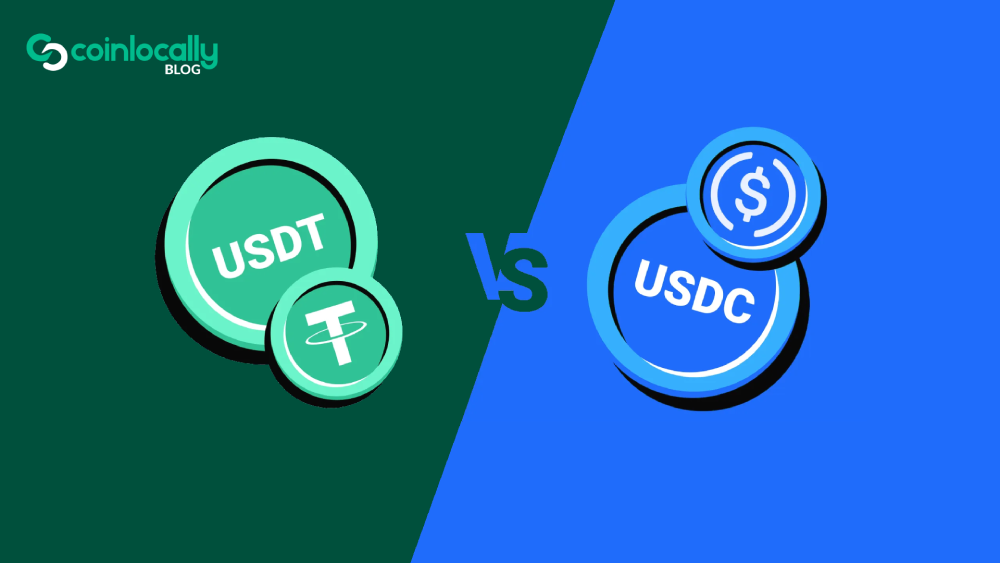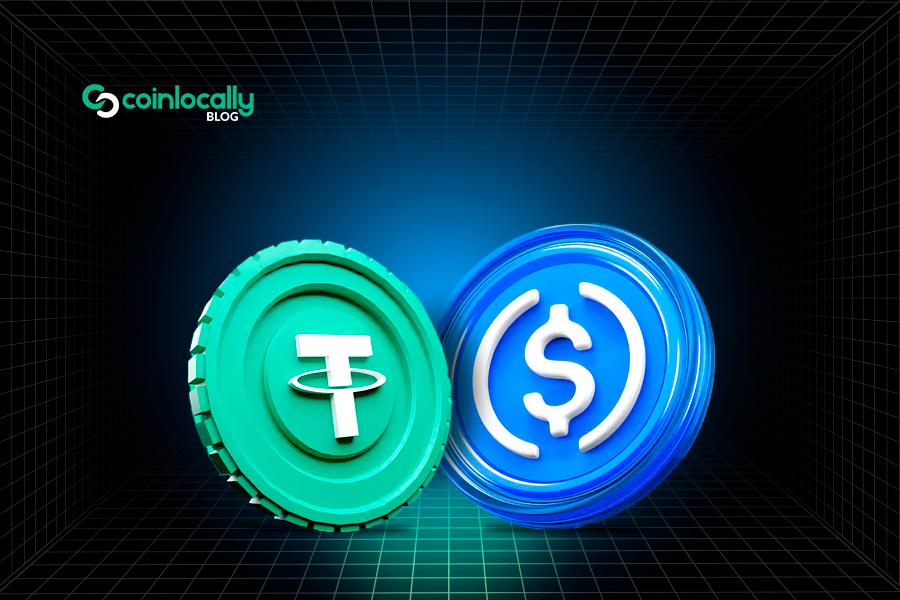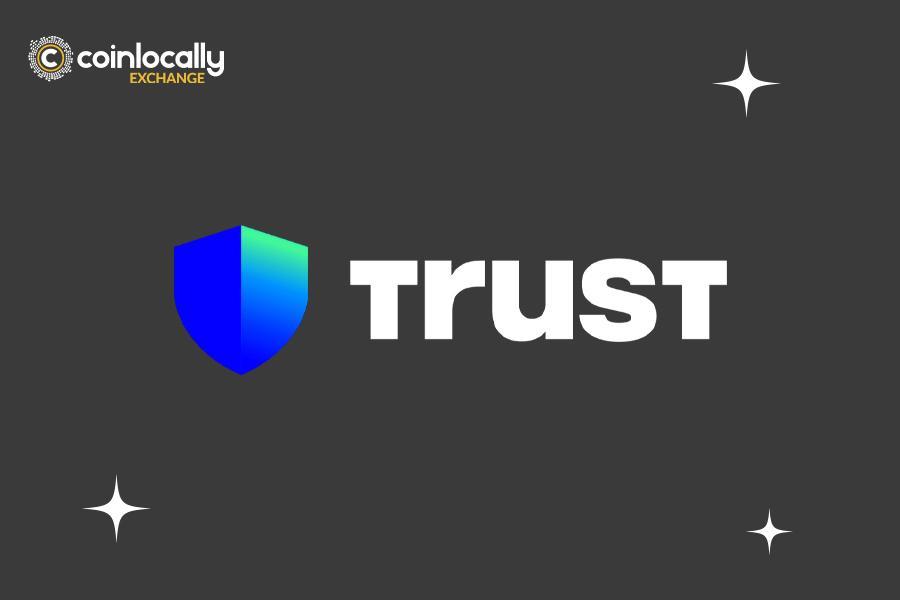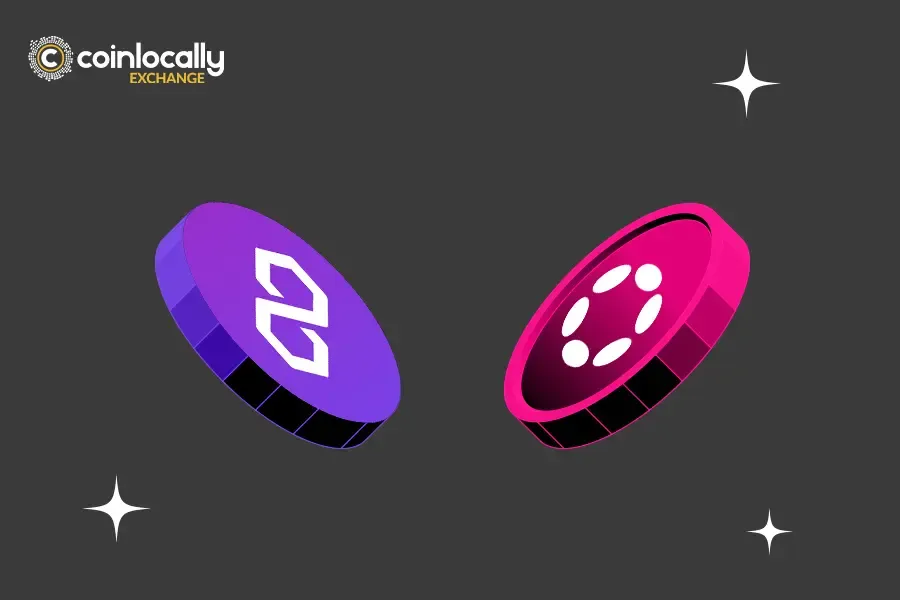Stablecoins have become essential tools in the cryptocurrency ecosystem. They offer a practical solution to the volatility that affects most digital assets by maintaining a fixed value, typically pegged to the U.S. dollar. Among the top contenders in this category are USDT vs USDC—two widely used stablecoins with distinct characteristics. Both serve the same core function: to offer a stable, dollar-pegged asset for crypto trading, DeFi protocols, and payments. However, the debate of USDT vs USDC centers on differences in transparency, regulation, reserve backing, and adoption.
Understanding the key differences between USDT vs USDC can help traders, businesses, and investors choose the most suitable stablecoin for their goals. Whether you’re a casual user or an institutional participant, this comparison will clarify which stablecoin better aligns with your needs.
Table of Contents
What Are USDT vs USDC?
USDT, known as Tether, is the crypto industry’s first and most commonly used stablecoin. Launched in 2014 and issued by Tether Limited, its value is pegged 1:1 with the U.S. dollar. It was designed to facilitate fast, low-cost transfers across exchanges without relying on traditional banking.
USDC, or USD Coin, entered the market in 2018. The Centre Consortium, formed by Circle and Coinbase, issues it. Like USDT, it maintains a 1:1 dollar peg and enjoys wide acceptance in the blockchain ecosystem. However, USDC serves as a more transparent and regulated alternative.
USDT vs USDC: Transparency and Reserve Backing
One of the most significant distinctions in the USDT vs USDC debate is the difference in reserve transparency.
Circle consistently demonstrates clear reporting standards for USDC. The company publishes monthly attestations from reputable accounting firms to confirm that each USDC token is backed by U.S. dollars or short-term government securities. This dedication to transparency and regulatory compliance makes USDC a preferred choice for users and institutions.
USDT, on the other hand, has historically faced scrutiny for the composition of its reserves. While Tether now releases quarterly attestations, the diversity of backing assets—including commercial paper and secured loans—has raised concerns among regulators and analysts. Although reporting practices have improved, questions remain about the complete transparency of its financial backing.
Regulatory Standing: Comparing USDT vs USDC
Regulatory compliance is critical in the USDT vs USDC comparison, especially for institutional users.
Traders prefer USDT for high-volume trading, especially when speed and exchange support are crucial. It adheres to U.S. financial standards, follows Know Your Customer (KYC) and Anti-Money Laundering (AML) rules, and collaborates with financial institutions and government regulators. This alignment has helped USDC gain traction in more regulated environments such as corporate payments, tokenized securities, and DeFi platforms seeking regulatory clarity.
In contrast, USDT operates within a larger, more decentralized ecosystem that many international exchanges widely utilize. This broader reach increases its accessibility and exposes it to greater regulatory scrutiny. Tether has faced multiple legal and regulatory investigations, yet it maintains its leadership in trading volume and adoption across exchanges.
USDT vs USDC: Liquidity and Market Adoption
Liquidity is another major factor when analyzing USDT vs USDC.
USDT is the most liquid stablecoin in the world. Nearly every major exchange offers it, and traders frequently use it as a base trading pair for thousands of cryptocurrencies. Its massive daily trading volume and long-standing presence in the market make it the first choice for many day traders, arbitrageurs, and liquidity providers.
USDC, while second to Tether in total market cap and liquidity, has seen rapid growth. It is heavily integrated into Ethereum-based DeFi platforms, NFT marketplaces, and fintech payment applications. Its compliance-first approach and backing by trusted institutions make it an increasingly popular option for developers and businesses building in the blockchain space.
Blockchain Support and Network Compatibility
Both stablecoins offer extensive multi-chain compatibility, adding flexibility to the USDT vs USDC discussion.
USDT is available on a wide range of networks, including Ethereum (ERC-20), Tron (TRC-20), Binance Smart Chain (BEP-20), Solana, and Polygon. This broad distribution makes it ideal for fast and low-cost transactions across various DeFi and CeFi environments.
USDC issues on multiple chains, including Ethereum, Solana, Avalanche, Algorand, and Arbitrum. Within the Ethereum ecosystem, it powers lending protocols, decentralized exchanges, and cross-chain bridges.
USDT vs USDC: Use Cases and Ideal Users
The decision between USDT vs USDC often comes down to use case.
Traders prefer USDT for high-volume trading, especially when speed and exchange support are crucial. Its dominance in global liquidity and trading pairs gives it an edge for market participants who prioritize execution and accessibility.
USDC is ideal for users who value transparency, trust, and regulatory alignment. Enterprises, developers, and long-term crypto holders often prefer USDC for security tokens, payroll, international remittances, and institutional DeFi applications.

Price Stability and Performance
Both USDT and USDC are designed to maintain a stable $1 value. Under normal market conditions, they do this effectively. However, during periods of market stress, minor fluctuations can occur.
USDC has occasionally demonstrated stronger resilience to volatility due to its strict reserve management and clearer regulatory ties. Nonetheless, USDT’s widespread usage ensures it remains stable in most market conditions thanks to large-scale redemption mechanisms and deep exchange liquidity.
Final Thoughts on USDT vs USDC
The USDT vs USDC comparison highlights how two stablecoins can serve the same core function while catering to different audiences and priorities.
USDT leads in global liquidity, market penetration, and exchange support. Traders prefer it as the default choice for fast, frictionless crypto trading across centralized and decentralized platforms.
USDC, on the other hand, excels in trust, transparency, and regulatory alignment. This platform meets users’ needs who seek robust institutional support, verified reserve reporting, and compliance with changing financial regulations.
Ultimately, choosing between USDT vs USDC depends on your individual goals. If you need high-speed trading and market access, USDT may be your best bet. If you’re looking for regulatory peace of mind and financial integrity, USDC might be a better option. In many cases, holding both provides flexibility and confidence in navigating the ever-changing world of crypto finance.




